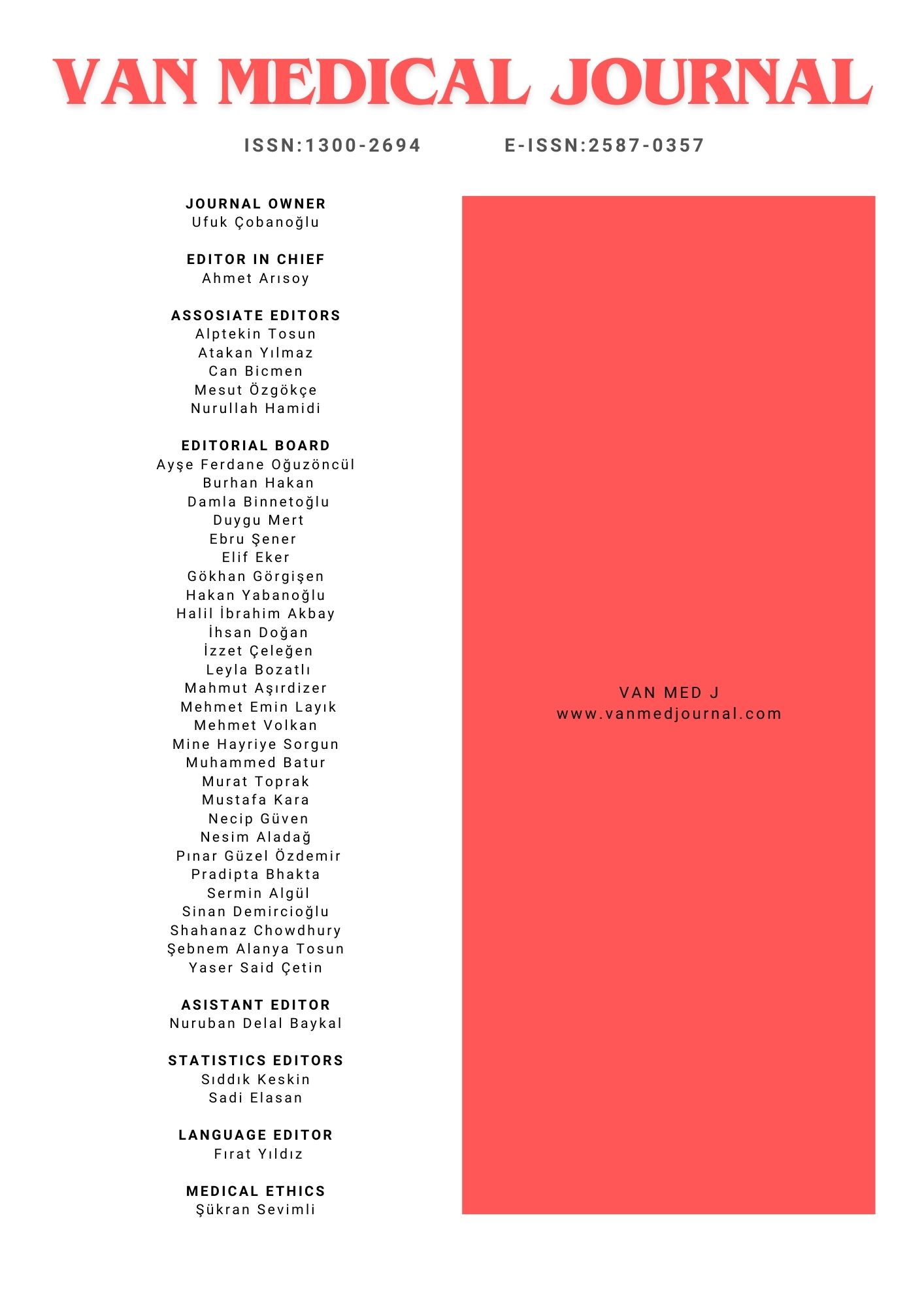The Effect of Intraoperative Recruitment Maneuver Application on the Postoperative Recovery?
Tuna Albayrak, Sema CobanGiresun University Training and Research Hospital, Department of Anesthesiology and Reanimation, Giresun, Türkiye.INTRODUCTION: Anesthesia management, surgical techniques, and patient variables all affect postoperative recovery. After anesthesia and surgery, the Quality of Recovery-15 questionnaire is used to evaluate the quality of recovery. Pneumoperitoneum can affect respiratory mechanics and raise the risk of atelectasis during laparoscopic cholecystectomy. Protective mechanical ventilation techniques, such as recruitment maneuvers and positive end-expiratory pressure, may improve postoperative recovery by increasing oxygenation and lowering pulmonary problems. This study investigates the effects of different ventilation strategies during laparoscopic cholecystectomy on oxygenation, respiratory mechanics, hemodynamics, and postoperative recovery quality.
METHODS: Two groups of sixty laparoscopic cholecystectomy patients were randomly assigned.
Control (Group C) receiving 5 cmH2O positive end-expiratory pressure and Recruitment (Group R) receiving the same positive end-expiratory pressure plus recruitment maneuvers. Hemodynamic parameters, blood gas values, and Quality of Recovery-15 scores were recorded and analyzed using statistical methods.
RESULTS: The Recruitment group showed significantly higher partial pressure of oxygen (PO2) measurements at all intraoperative time points T1 (5 minutes after insufflation), T2 (5 minutes after desufflation), and T3 (1 hour postoperatively) compared to the Control group. The Recruitment group exhibited a higher peak airway pressure (Ppeak) at both T1 and T2. At fifteen minutes postoperatively, the mean arterial pressure in the recruitment group was considerably lower. Better postoperative recovery was shown by the Recruitment group's considerably higher Quality of Recovery-15 scores.
DISCUSSION AND CONCLUSION: Recruitment maneuvers during laparoscopic cholecystectomy improve oxygenation and postoperative recovery quality, as evidenced by higher Quality of Recovery-15 scores. These findings suggest the potential benefits of integrating recruitment maneuvers into perioperative care plans to enhance patient outcomes.
Manuscript Language: English

